Home>Garden Essentials>How To Make African Violet Soil Mix
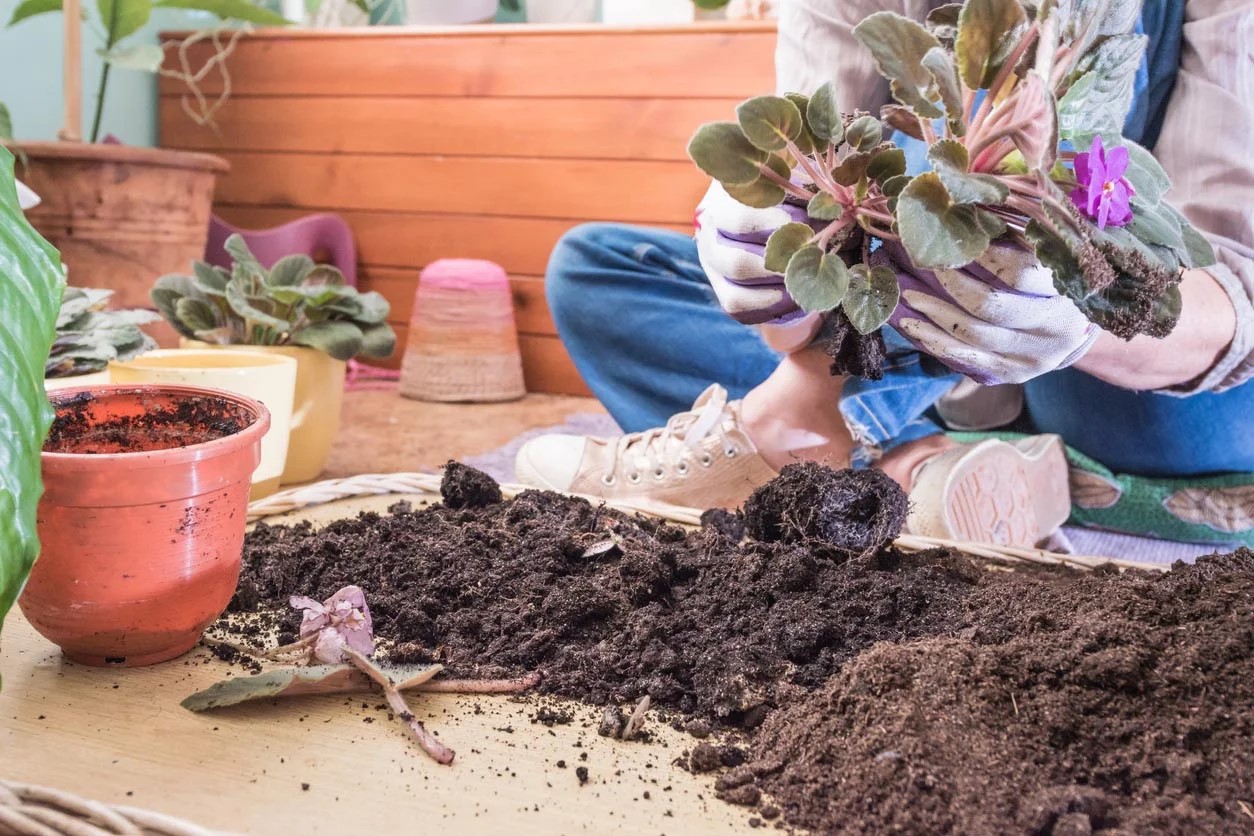

Garden Essentials
How To Make African Violet Soil Mix
Modified: March 16, 2024
Learn how to make the perfect African violet soil mix for your garden with our step-by-step guide. Create a thriving garden with our expert tips and techniques.
(Many of the links in this article redirect to a specific reviewed product. Your purchase of these products through affiliate links helps to generate commission for Storables.com, at no extra cost. Learn more)
Introduction
African violets are beautiful, delicate plants that have captivated gardeners for generations. With their velvety leaves and vibrant blossoms, they add a touch of elegance to any indoor garden. However, to keep African violets thriving, it is crucial to provide them with the right growing conditions, starting with the proper soil mix.
Creating the ideal soil mix for African violets is essential for their overall health and well-being. It directly affects their ability to absorb nutrients, retain moisture, and have good drainage. Whether you are a seasoned gardener or a beginner, understanding the importance of a suitable soil mix and how to create it will greatly contribute to the success of your African violet plant.
In this article, we will delve into the world of African violet soil mixes, exploring their components and providing a step-by-step guide on how to make your own. Additionally, we will offer valuable tips on caring for African violets to ensure their continued growth and flowering.
So let’s roll up our sleeves, get our hands dirty, and discover the secrets to making the perfect African violet soil mix!
Key Takeaways:
- Creating the perfect soil mix for African violets is crucial for their health and growth. It should balance moisture retention, drainage, and nutrient absorption to ensure vibrant blooms.
- Providing the right care for African violets, including lighting, watering, and fertilizing, is essential for their longevity and beauty in your indoor garden. Regular maintenance and attention will keep them thriving.
Understanding African Violets
African violets, scientifically known as Saintpaulia, are a popular choice among indoor gardeners for their stunning flowers and relatively low-maintenance nature. These plants originate from the tropical regions of East Africa and thrive in warm, humid environments, making them perfect candidates for indoor gardening.
African violets are characterized by their rosette-like clusters of fuzzy leaves, which come in varying shades of green. What sets them apart, however, are their delicate, colorful blooms. African violets produce flowers in shades of pink, purple, white, and blue, with different varieties showcasing unique patterns and textures.
When it comes to their care, African violets prefer bright, indirect sunlight. Placing them on a windowsill or using artificial grow lights can provide the necessary light while protecting them from direct sunlight, which can cause leaf burn. They also thrive in temperatures between 65-80°F (18-27°C) and require high humidity levels to prevent their leaves from becoming dry and crispy.
Proper watering is crucial for African violets, as they are sensitive to both overwatering and underwatering. The goal is to keep the soil consistently moist but not soggy. Using a self-watering pot or bottom-watering technique can help prevent waterlogged roots and promote healthy growth.
Overall, African violets are relatively low-maintenance plants that can bring joy and beauty to any indoor space. However, to ensure their well-being and encourage optimal growth, it is essential to start with the right foundation – a well-balanced soil mix.
Importance of Proper Soil Mix
The soil mix is a fundamental aspect of African violet care, playing a crucial role in their overall health and vitality. A well-balanced soil mix provides the necessary nutrients, moisture retention, and drainage that African violets need to thrive. Here are some key reasons why using the proper soil mix is essential:
Nutrient Absorption: African violets require a wide range of essential nutrients for healthy growth and vibrant blooms. A well-balanced soil mix ensures that these nutrients are readily available to the plant’s roots. It should contain a balanced blend of organic matter, such as compost or peat moss, along with inorganic components like perlite or vermiculite, which provide aeration and drainage while allowing the roots to easily access the nutrients present in the soil mix.
Moisture Retention: African violets prefer consistently moist soil but can suffer from root rot if waterlogged. The right soil mix strikes a balance between water retention and drainage, preventing the roots from sitting in excess moisture. Organic materials like peat moss or coconut coir help retain moisture, while inorganic components like perlite or vermiculite aid in drainage. This balance ensures that the soil remains moist but not overly saturated, allowing the roots to take up water efficiently.
Drainage: Adequate drainage is essential to prevent water from pooling around the roots, which can lead to root rot and other related issues. African violets require a well-draining soil mix that allows excess water to flow freely through the pot’s drainage holes. Inorganic components like perlite, vermiculite, or coarse sand help create air pockets in the soil, promoting drainage and preventing waterlogging.
pH Balance: African violets prefer a slightly acidic soil with a pH range of 5.5 to 6.5. The soil mix should be formulated to maintain this pH level, ensuring optimal nutrient availability for the plants. Adding organic matter, such as compost or peat moss, can help lower the pH if needed.
Preventing Disease: A proper soil mix can help prevent fungal diseases and pests that can affect African violets. Well-drained soil reduces the risk of root rot and fungal infections caused by overwatering. Additionally, using sterile potting soil or pasteurizing the soil mix before planting can help eliminate potential soil-borne pests and diseases.
By providing the right nutrient balance, moisture retention, drainage, and pH level, a proper soil mix sets the foundation for healthy growth and long-term success with African violets. Understanding the specific requirements of these plants and tailoring the soil mix accordingly is essential for their overall well-being.
Components of African Violet Soil Mix
Creating the perfect soil mix for African violets involves combining specific components to ensure optimal growth and well-being. Here are the key components that make up a well-balanced African violet soil mix:
Peat Moss: Peat moss is a common component in African violet soil mixes. It provides moisture retention, helps aerate the soil, and improves its ability to hold nutrients. Peat moss is acidic in nature, which is beneficial for African violets, as they prefer slightly acidic soil.
Perlite: Perlite is a lightweight volcanic glass that is commonly used in soil mixes to improve drainage. It creates air pockets in the soil, allowing excess water to flow freely and preventing waterlogging. Perlite also helps loosen the soil, promoting better root growth and preventing compaction.
Vermiculite: Vermiculite is another mineral-based component that helps with moisture retention and aeration. It absorbs and holds water, providing a reservoir for plants to draw moisture from. Vermiculite is particularly useful in preventing the soil from drying out too quickly and helps maintain a consistent level of moisture around the roots.
Coconut Coir: Coconut coir, derived from the husks of coconuts, is an excellent alternative to peat moss. It has similar properties, such as moisture retention and aeration, making it an environmentally friendly option for African violet soil mixes. Coconut coir also has a neutral pH, which can help maintain the desired acidity level in the soil.
Organic Matter: Adding organic matter, such as compost or well-rotted leaf mold, enriches the soil with essential nutrients and improves its structure. Organic matter helps enhance moisture retention, promotes microbial activity, and contributes to overall soil fertility. It also aids in creating a favorable environment for beneficial soil organisms.
Optional Amendments: Depending on your specific needs, you may choose to incorporate certain amendments into your African violet soil mix. Some examples include crushed eggshells for added calcium, dolomite lime to adjust pH levels, or slow-release fertilizers to provide a steady supply of nutrients over time. These amendments can be beneficial but should be used sparingly and in appropriate proportions.
Combining these components in the right proportions is key to creating a well-balanced African violet soil mix. The exact ratios may vary depending on your specific growing conditions and the preferences of your plants. Experimenting and adjusting the mix to meet the needs of your African violets will help ensure their health and vitality.
When making African violet soil mix, use a combination of peat moss, perlite, and vermiculite for good drainage and moisture retention. Avoid using regular potting soil, as it may be too heavy for African violets.
Step-by-Step Guide to Making African Violet Soil Mix
Creating your own African violet soil mix is a rewarding and cost-effective way to provide your plants with the ideal growing medium. Follow these simple steps to make your own African violet soil mix:
- Gather the ingredients: Collect all the necessary components for your soil mix, including peat moss, perlite, vermiculite, coconut coir (optional), and any other amendments you decide to incorporate.
- Measure the proportions: The general ratio for African violet soil mix is 1 part peat moss or coconut coir, 1 part perlite, and 1 part vermiculite. However, you can adjust the proportions based on your preferences and the specific needs of your African violets. For example, if you want more moisture retention, you can increase the amount of peat moss or coconut coir.
- Mix the components: In a large container or bucket, combine the measured amounts of peat moss, perlite, and vermiculite. Use a garden trowel or your hands to thoroughly mix the components together. Ensure that the mixture is well-blended to distribute the nutrients and promote uniform moisture retention and drainage.
- Add any optional amendments: If you choose to incorporate additional amendments, such as crushed eggshells or dolomite lime, add them to the soil mix at this stage. These amendments should be added in small quantities and evenly distributed throughout the mixture.
- Moisten the soil mix: Before using the soil mix, moisten it slightly to achieve the desired moisture level. Add water gradually while mixing, ensuring that the mixture is moist but not overly saturated. The goal is to have a slightly damp soil mix that holds together when squeezed, but does not release excess water.
- Store the soil mix: Transfer the finished soil mix to a clean, airtight container or bag for storage. It is recommended to keep the mix in a cool, dry place to prevent moisture buildup, which can lead to mold or fungal growth. Properly stored, the soil mix can be used for several months.
By following these steps, you can create a custom African violet soil mix that suits the specific needs of your plants. Remember to adjust the proportions and ingredients based on your preferences and the growing conditions of your African violets. Providing a well-balanced soil mix is essential for their healthy growth, vibrant blooms, and long-term success.
Read more: How To Make Potting Soil Mix
Tips for Caring for African Violets
African violets may be delicate and require specific care, but with the right knowledge and attention, these beautiful plants can thrive and bring joy to your indoor garden. Here are some helpful tips for successfully caring for African violets:
- Provide the right lighting: African violets prefer bright, indirect light. Place them near a north or east-facing window where they can receive bright, filtered sunlight. If natural light is limited, you can supplement with fluorescent grow lights to ensure they receive adequate light for healthy growth.
- Maintain appropriate temperature and humidity: African violets prefer temperatures between 65-80°F (18-27°C). Avoid placing them in drafts or near heating or cooling vents, as sudden temperature fluctuations can stress the plants. Additionally, these plants thrive in high humidity levels, so consider using a humidifier or placing the pots on a tray filled with water and pebbles to increase humidity around the plants.
- Water them correctly: African violets require consistent moisture, but overwatering can lead to root rot. Water the plants from the bottom by placing the pot in a saucer filled with water. Allow the plant to absorb water through the drainage holes for about 30 minutes, then remove any excess water. This bottom watering method helps prevent water from sitting on the leaves, which can cause damage and promote fungal diseases.
- Fertilize regularly: African violets benefit from regular feeding to support healthy growth and blooming. Use a balanced, water-soluble fertilizer specifically formulated for African violets and follow the manufacturer’s instructions for application. Avoid overfertilizing, as it can lead to salt buildup in the soil, which can damage the roots. It is generally recommended to fertilize African violets every 2-4 weeks during their active growth period.
- Keep the leaves clean: African violet leaves can accumulate dust and debris, hindering their ability to photosynthesize. Gently wipe the leaves with a soft, damp cloth or use a soft brush to remove any debris. This not only keeps the plants looking clean and vibrant but also helps facilitate better light absorption.
- Regularly check for pests: African violets can be susceptible to common houseplant pests such as aphids, mealybugs, and spider mites. Inspect the plants regularly, particularly the undersides of leaves, for any signs of infestation. If necessary, treat the affected plants with organic or chemical pest control methods to eliminate the pests and prevent further damage.
- Rejuvenate and propagate: African violets can benefit from rejuvenation pruning to encourage growth and maintain their shape. After the plant has finished blooming, carefully remove any dead or wilted leaves and trim back leggy stems. This helps redirect the plant’s energy and promote new growth. Additionally, African violets are relatively easy to propagate through leaf cuttings, allowing you to expand your collection or share with fellow gardening enthusiasts.
By following these care tips, you can ensure the health and longevity of your African violets. Remember to observe your plants closely, as they may have individual preferences and may require slight adjustments to their care routine. With patience and dedication, your African violets will reward you with their stunning blooms and a touch of elegance in your indoor garden.
Conclusion
African violets are captivating plants that add beauty and elegance to any indoor garden. To ensure their success and longevity, providing them with the right soil mix is essential. A proper soil mix for African violets offers the ideal balance of nutrients, moisture retention, and drainage, allowing these delicate plants to thrive.
In this article, we explored the components of an African violet soil mix, such as peat moss, perlite, vermiculite, and organic matter. We learned how these components contribute to the overall health and well-being of African violets by providing essential nutrients, proper moisture retention, and excellent drainage.
We also discussed the importance of understanding African violets and their specific care requirements. From proper lighting and temperature to correct watering techniques and regular fertilization, each aspect of their care plays a vital role in their overall health and blooming success.
By following the step-by-step guide to making the African violet soil mix, you can create a customized blend that meets the needs of your African violets. Remember to adjust the proportions and incorporate optional amendments based on your growing conditions and the preferences of your plants.
Finally, we provided valuable tips for caring for African violets, including maintaining the right lighting and temperature, watering correctly, fertilizing regularly, keeping the leaves clean, checking for pests, and rejuvenating and propagating the plants. With these tips, you can ensure the ongoing health and beauty of your African violets.
So, whether you are a seasoned gardener or just starting your journey with African violets, remember that providing the right soil mix and proper care is essential for their success. With a little attention and care, your African violets will reward you with their stunning blooms and bring joy to your indoor garden for years to come.
Frequently Asked Questions about How To Make African Violet Soil Mix
Was this page helpful?
At Storables.com, we guarantee accurate and reliable information. Our content, validated by Expert Board Contributors, is crafted following stringent Editorial Policies. We're committed to providing you with well-researched, expert-backed insights for all your informational needs.
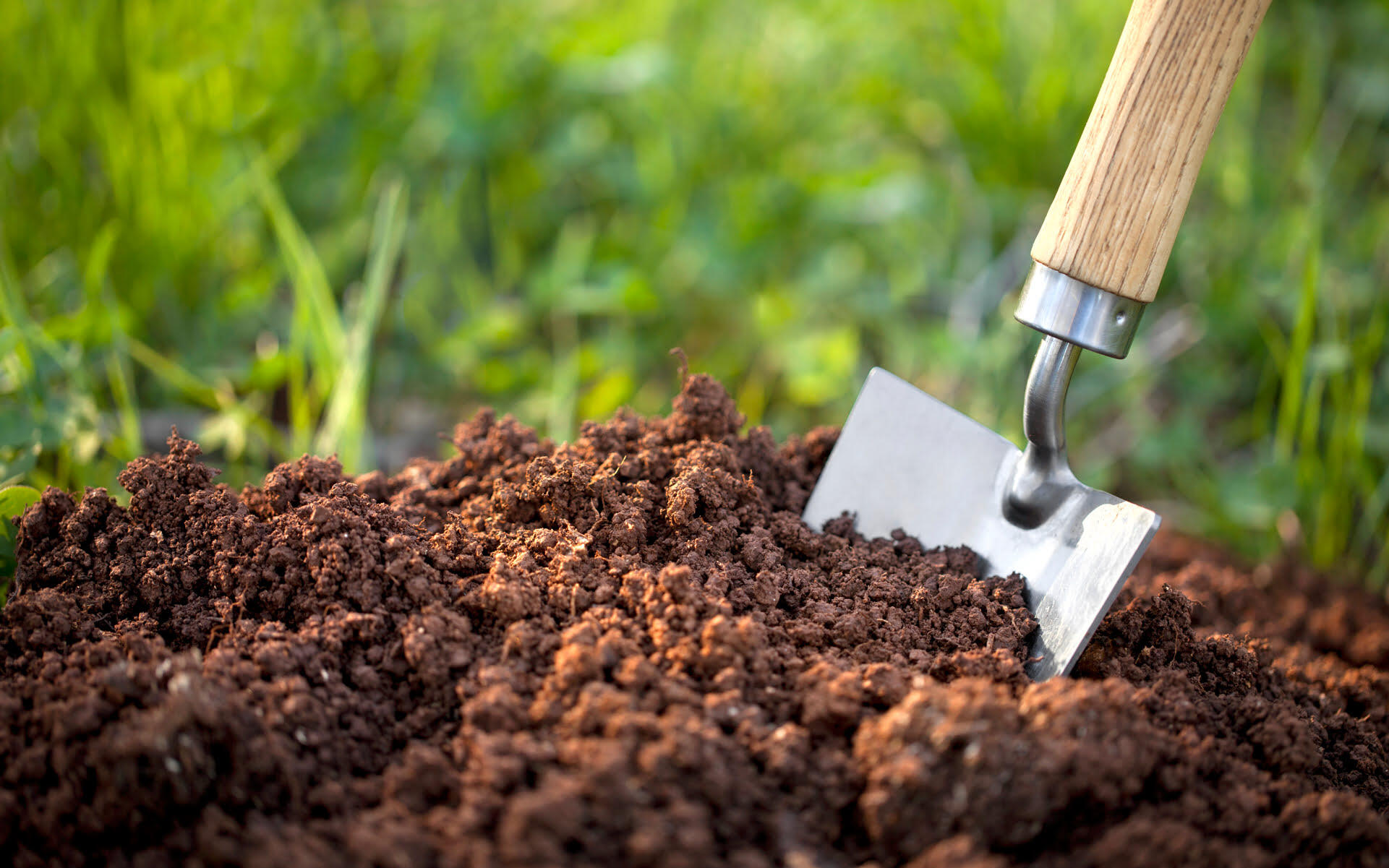
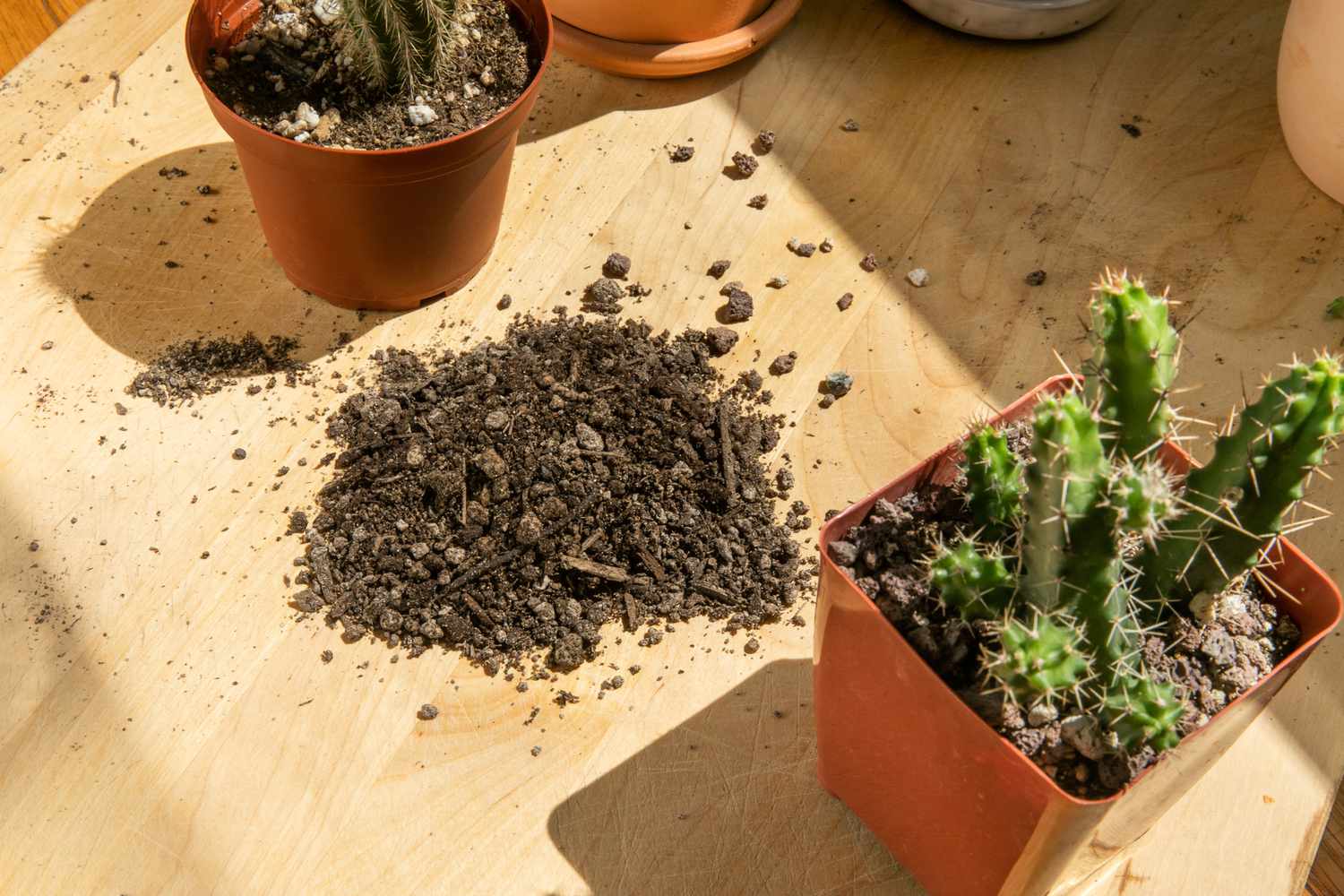
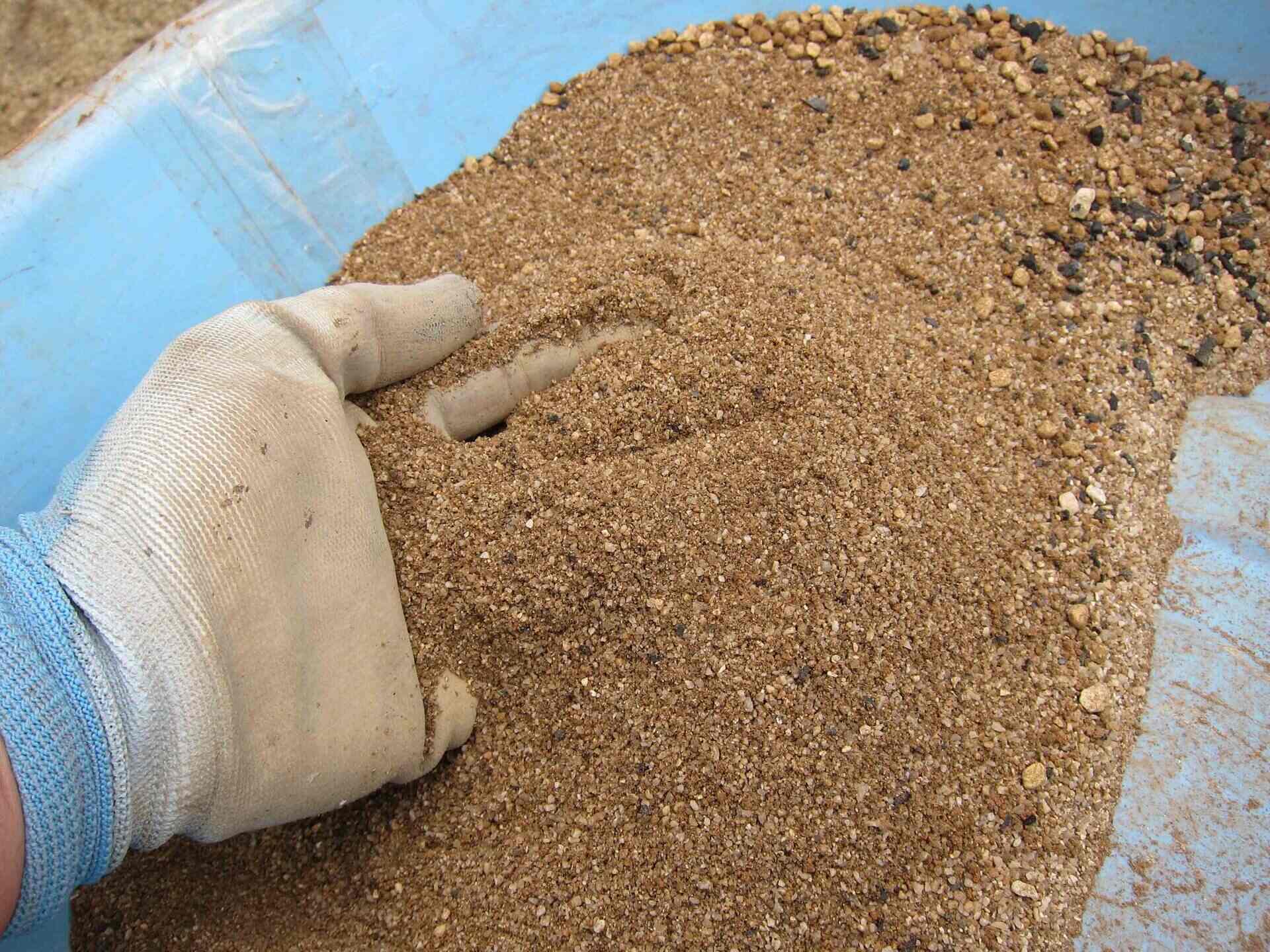
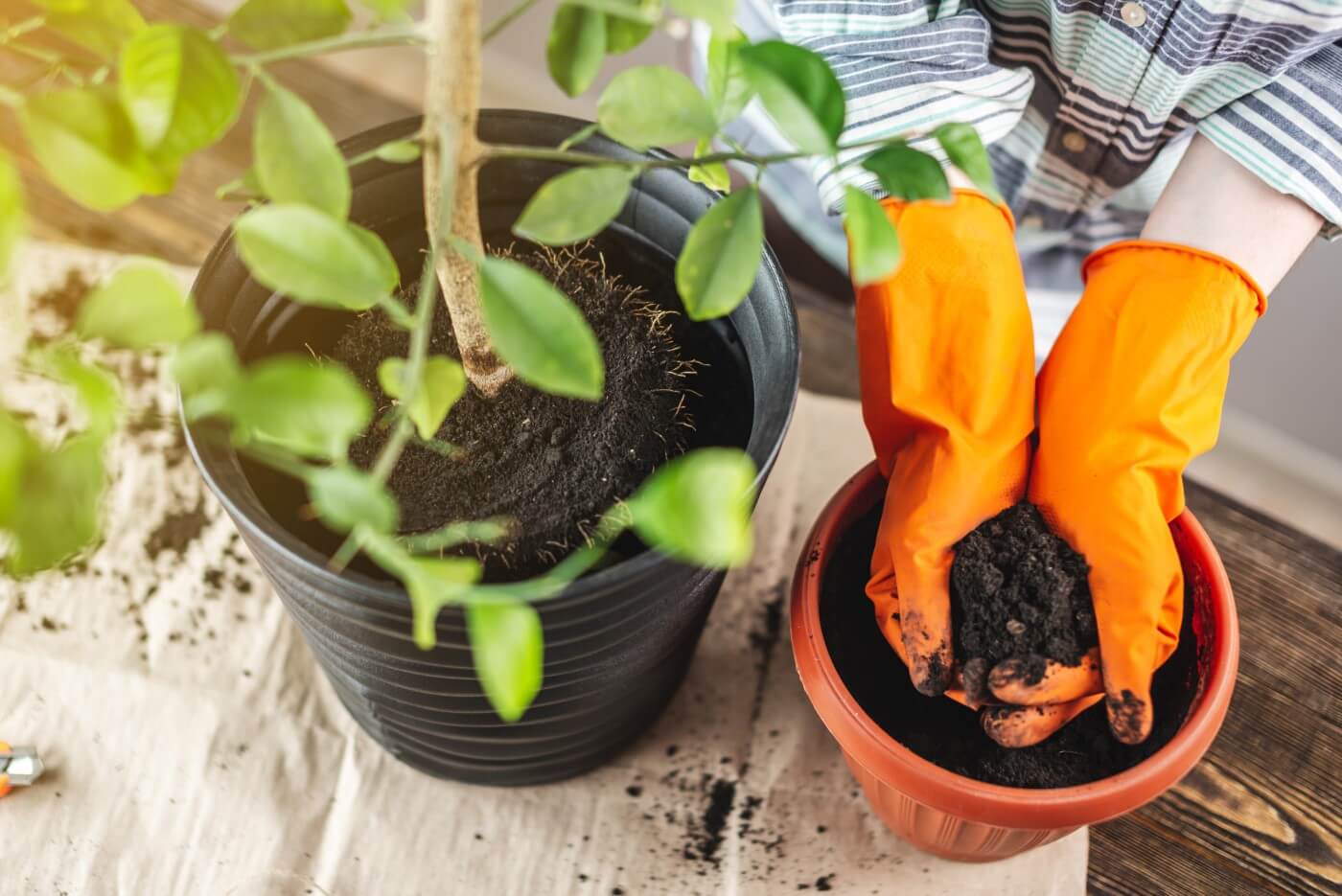
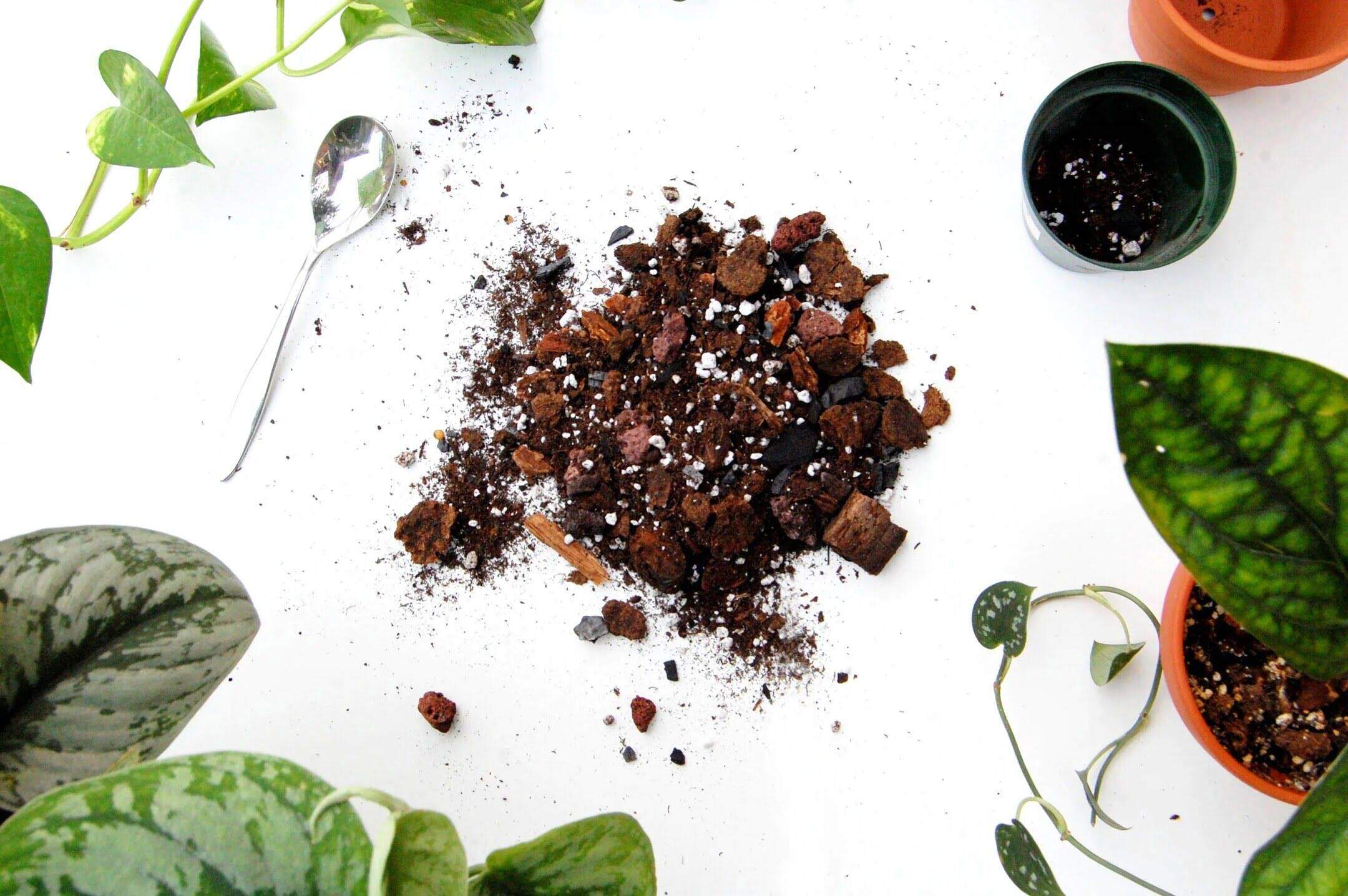
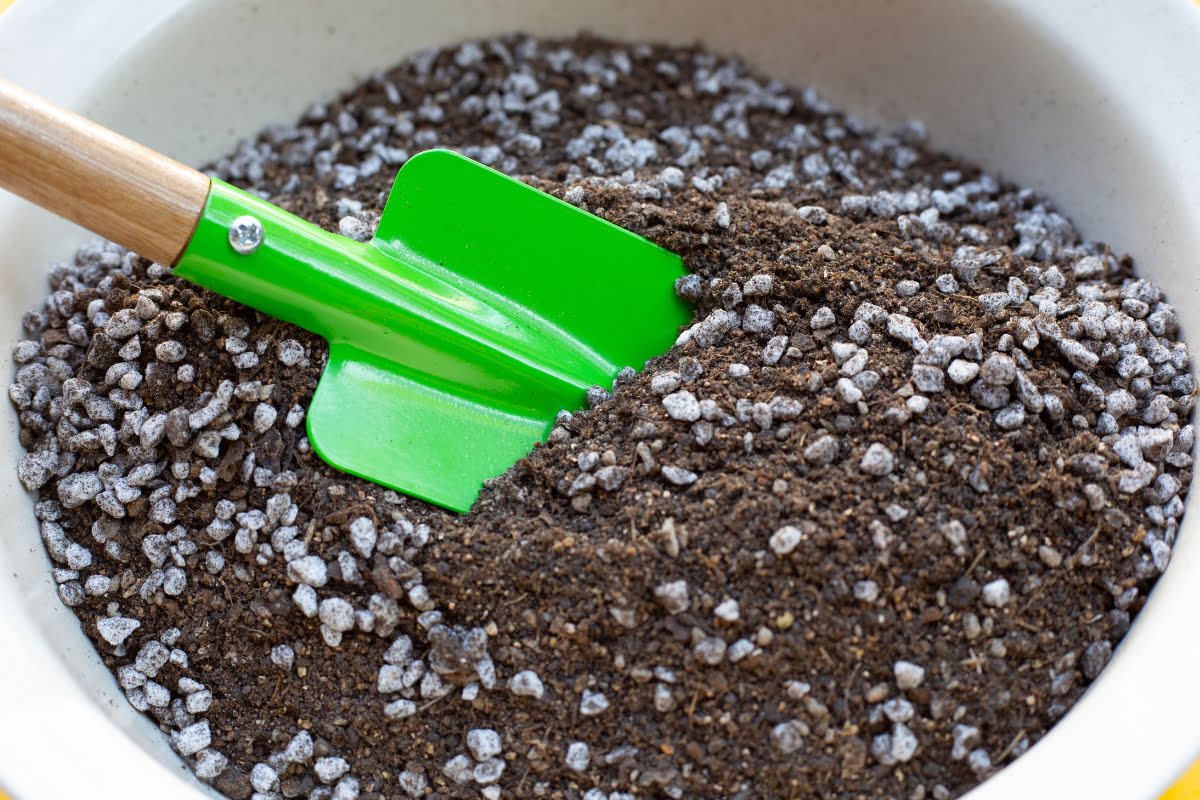
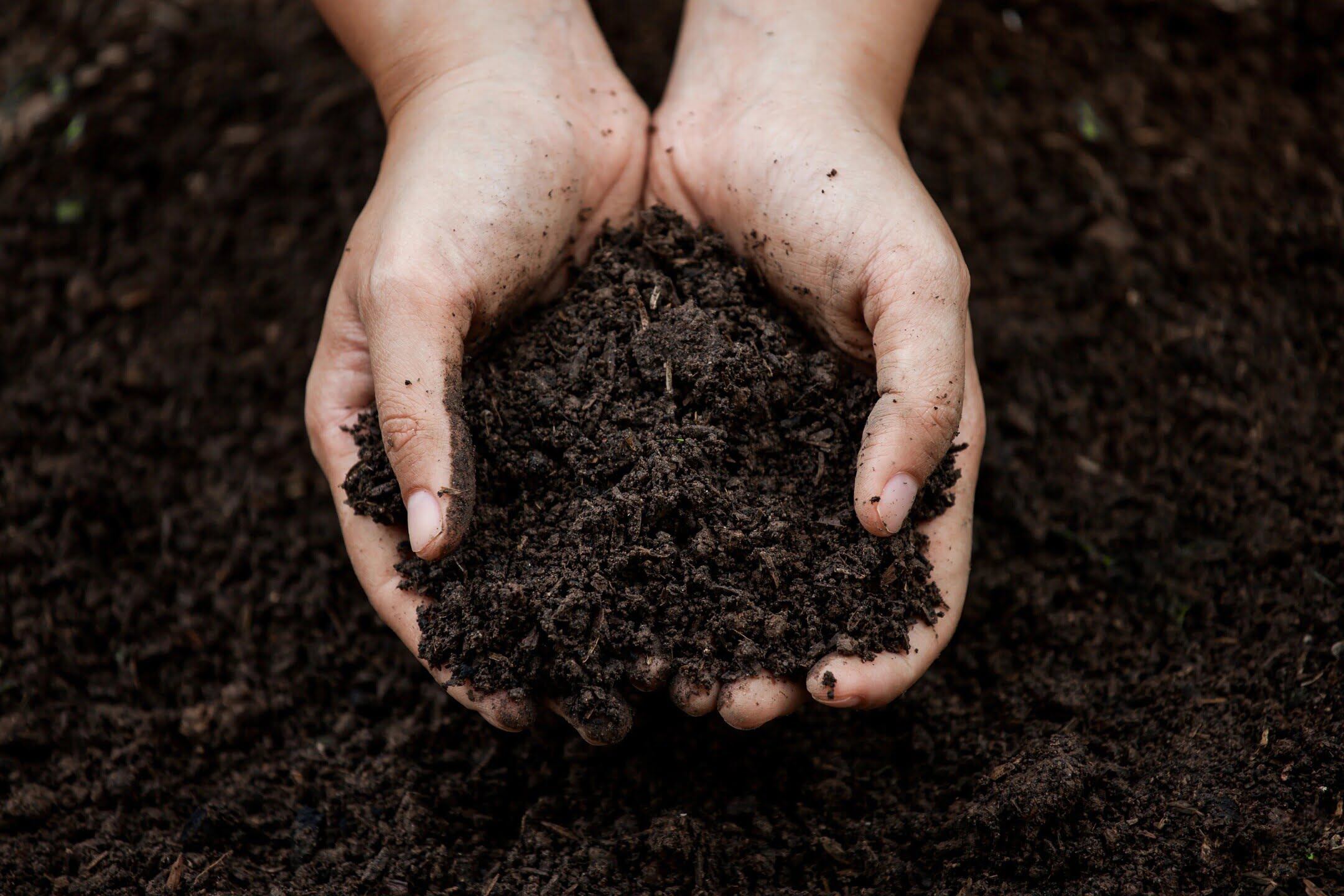
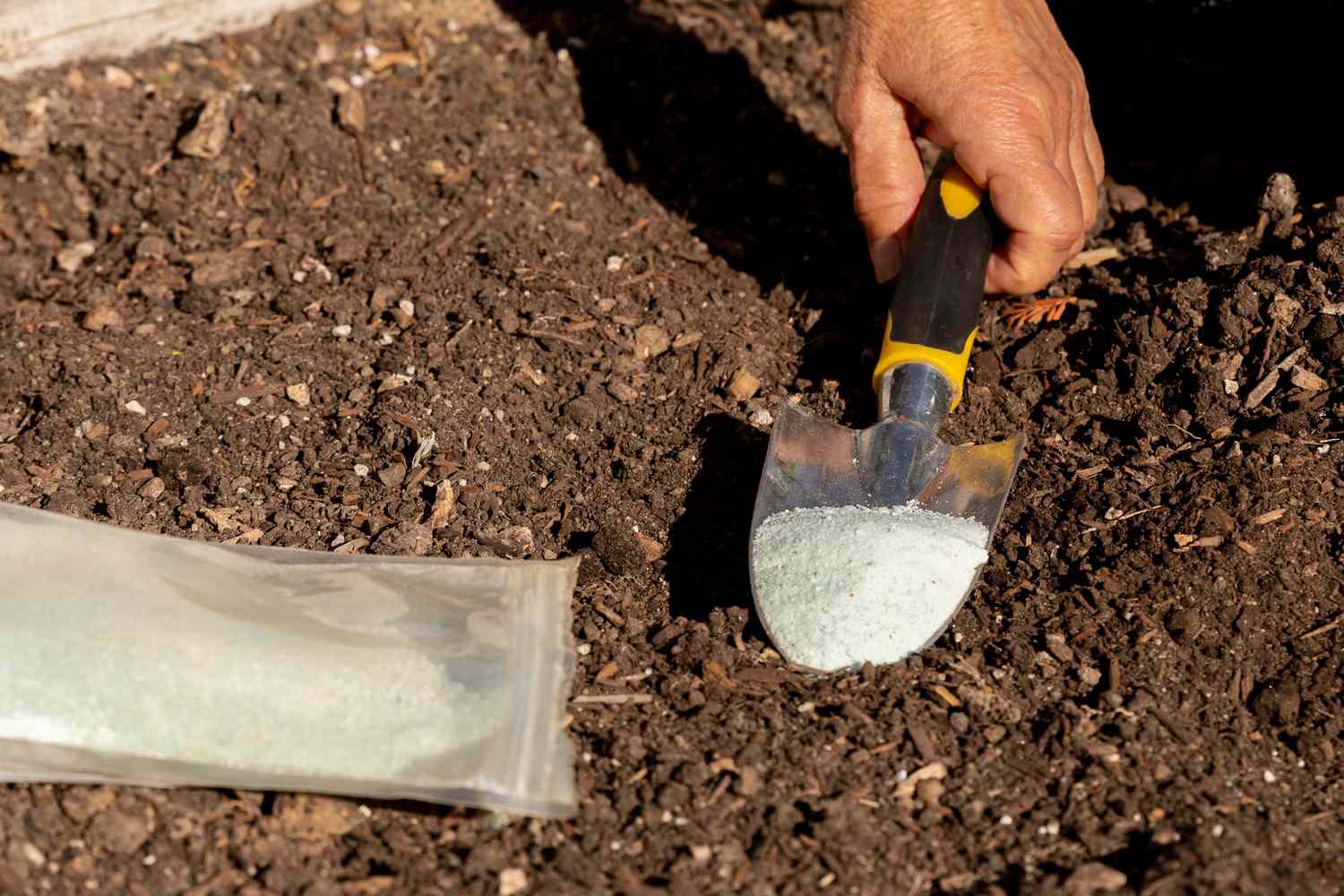
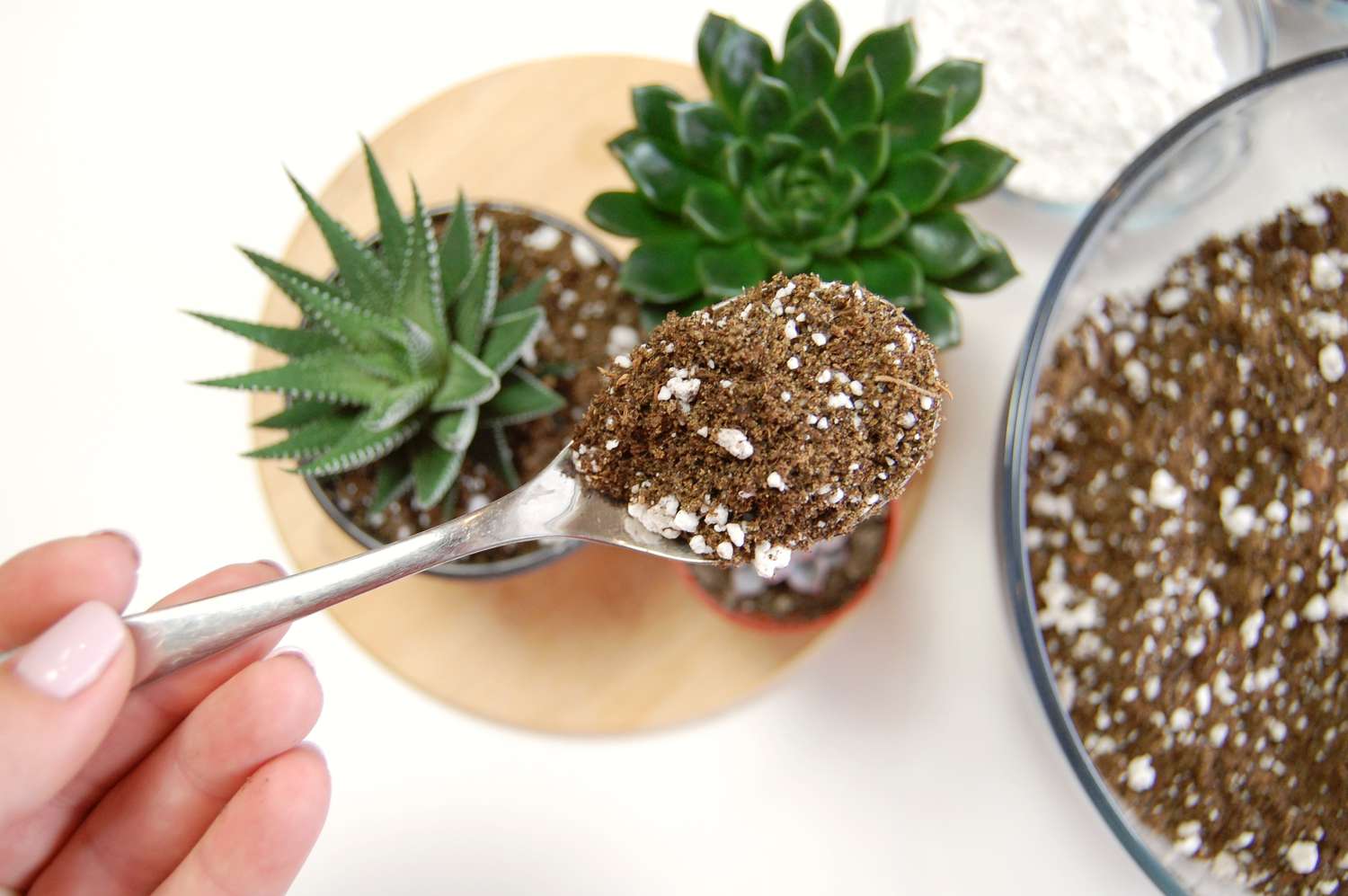
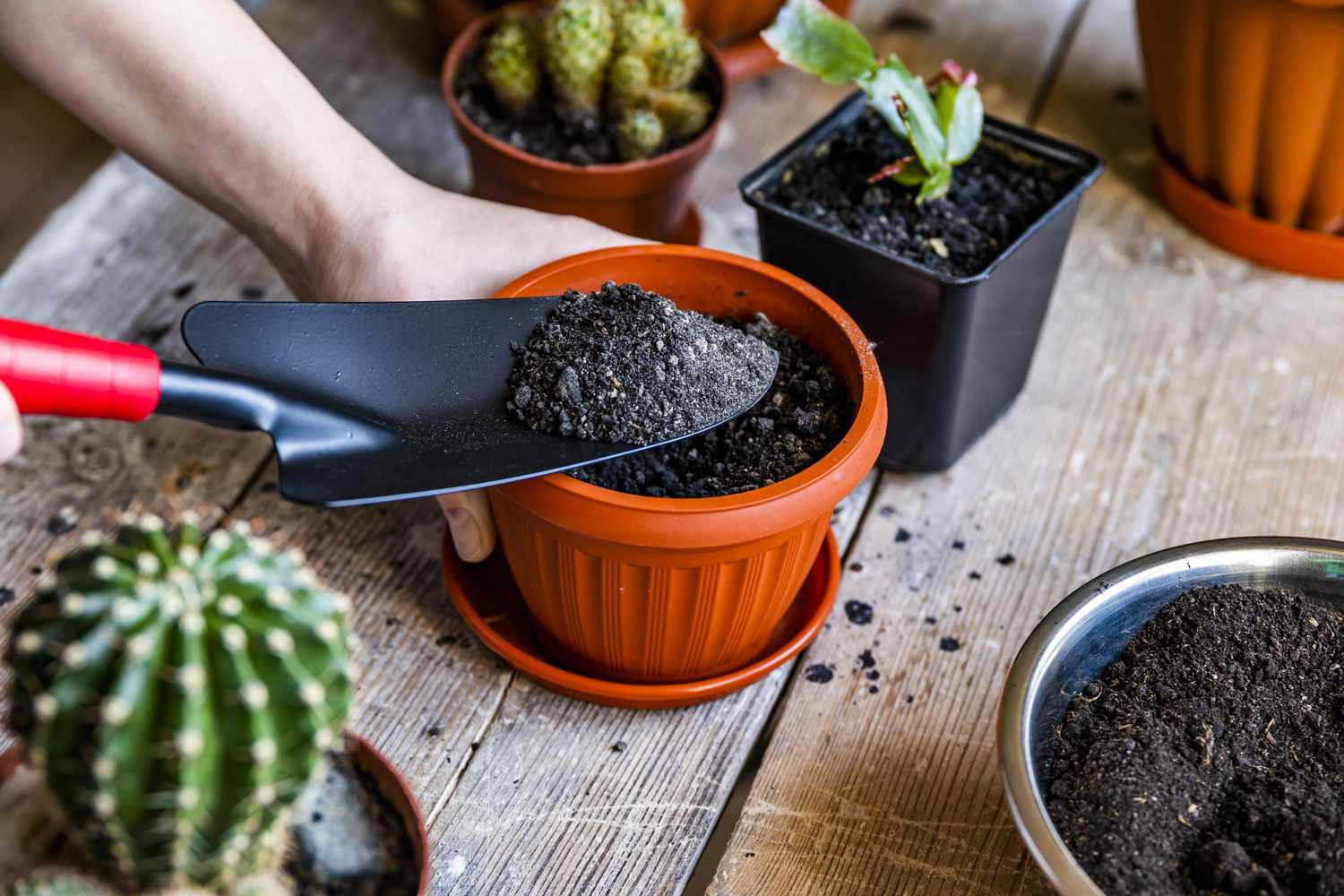
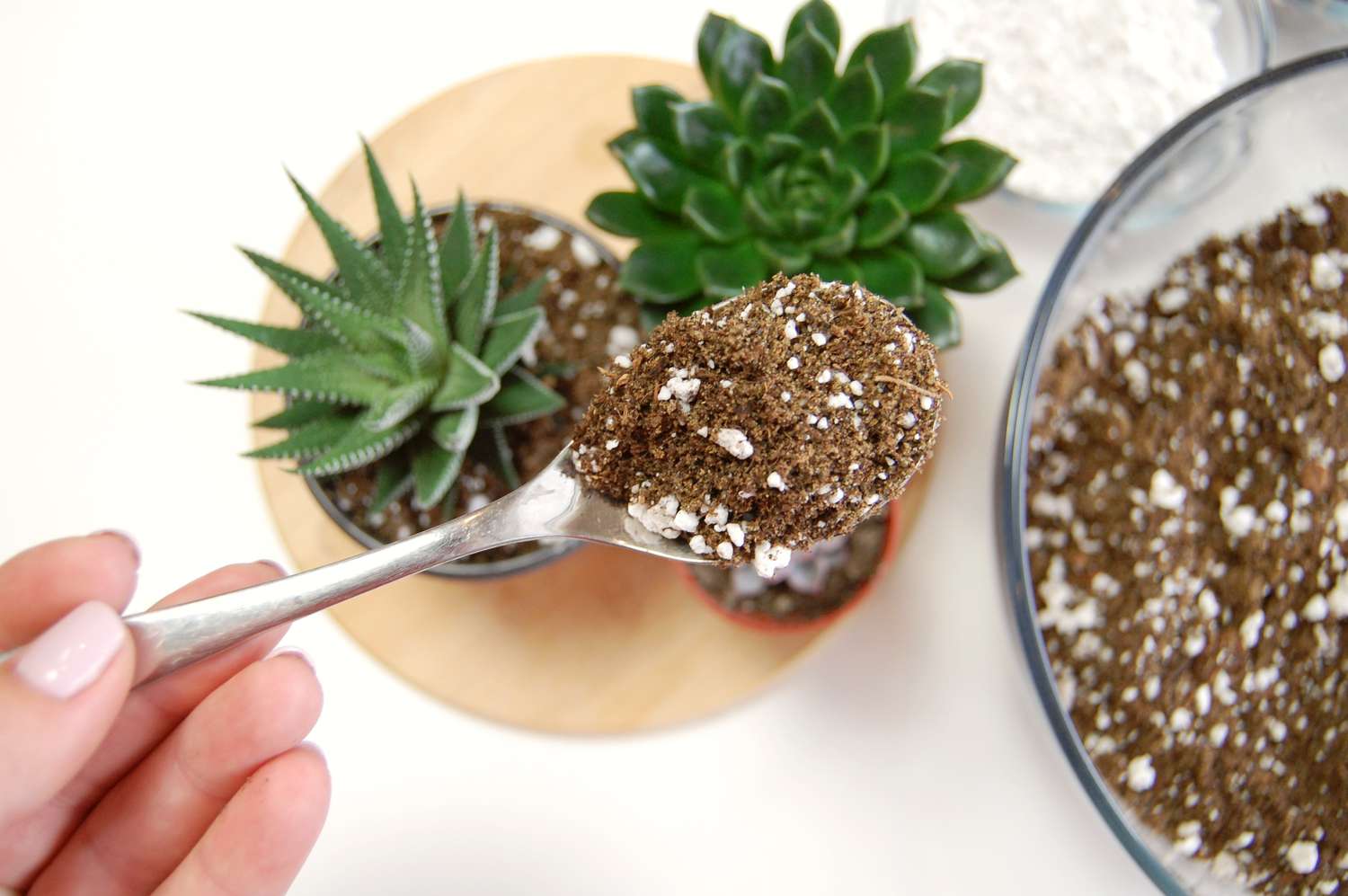
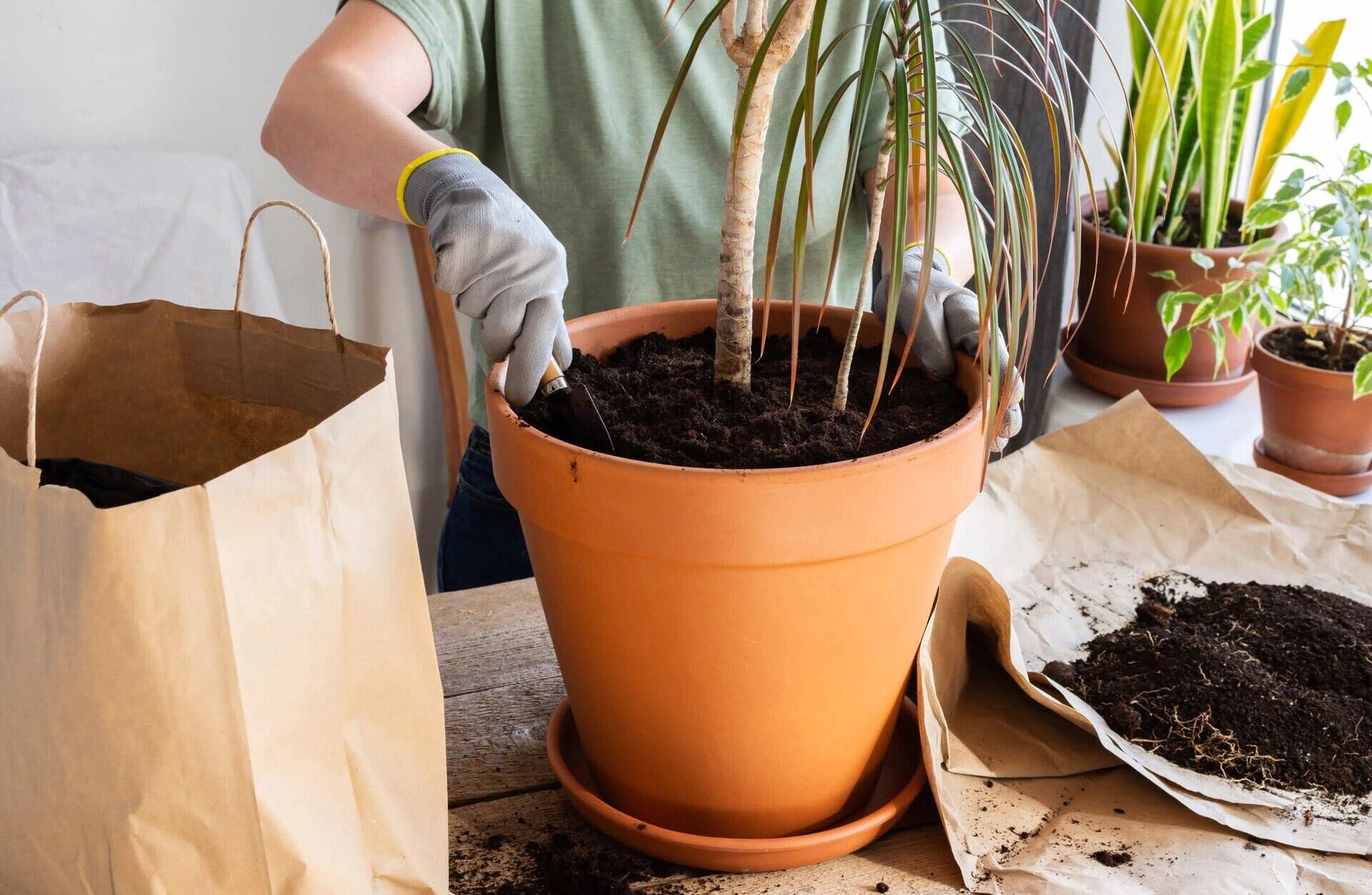
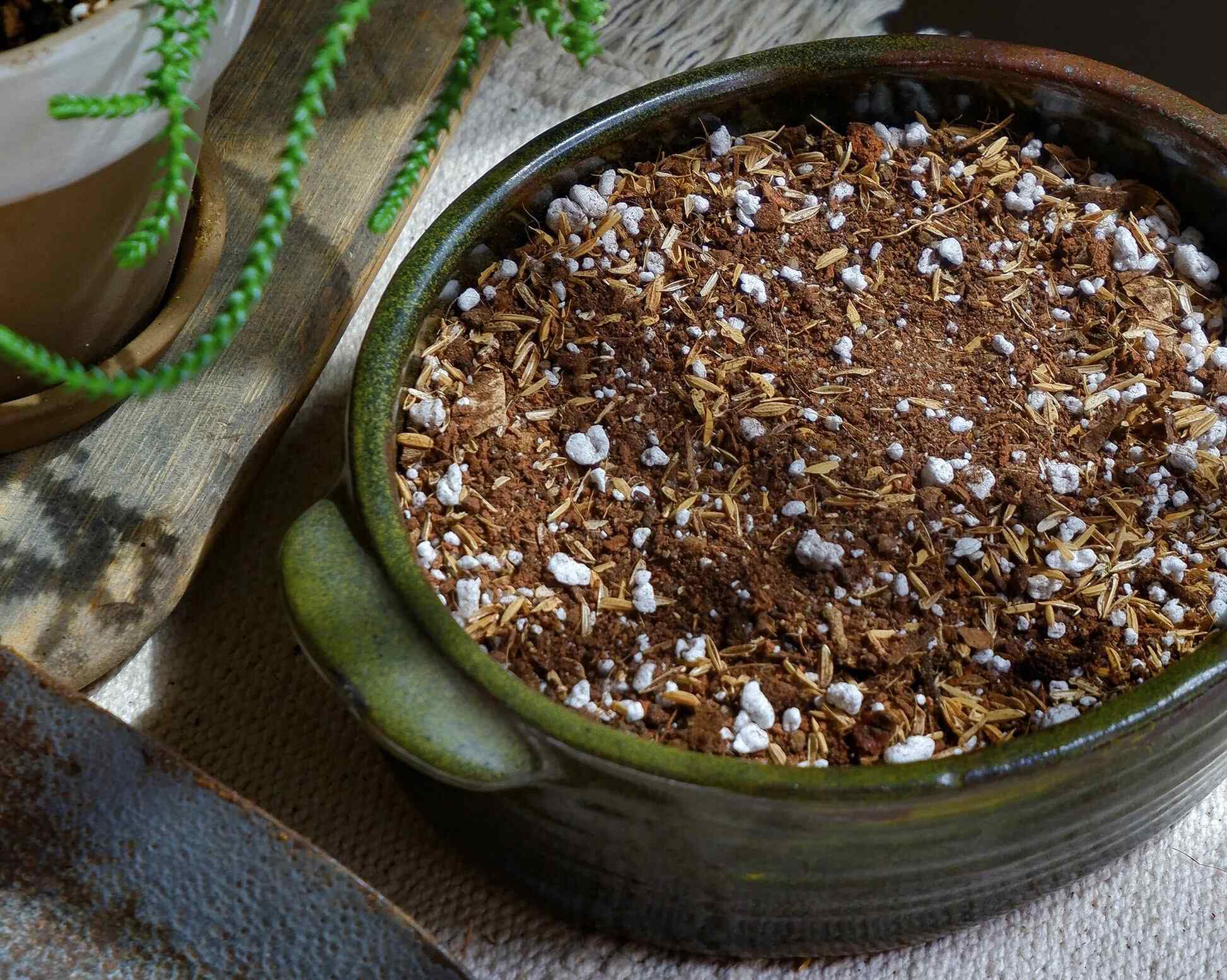
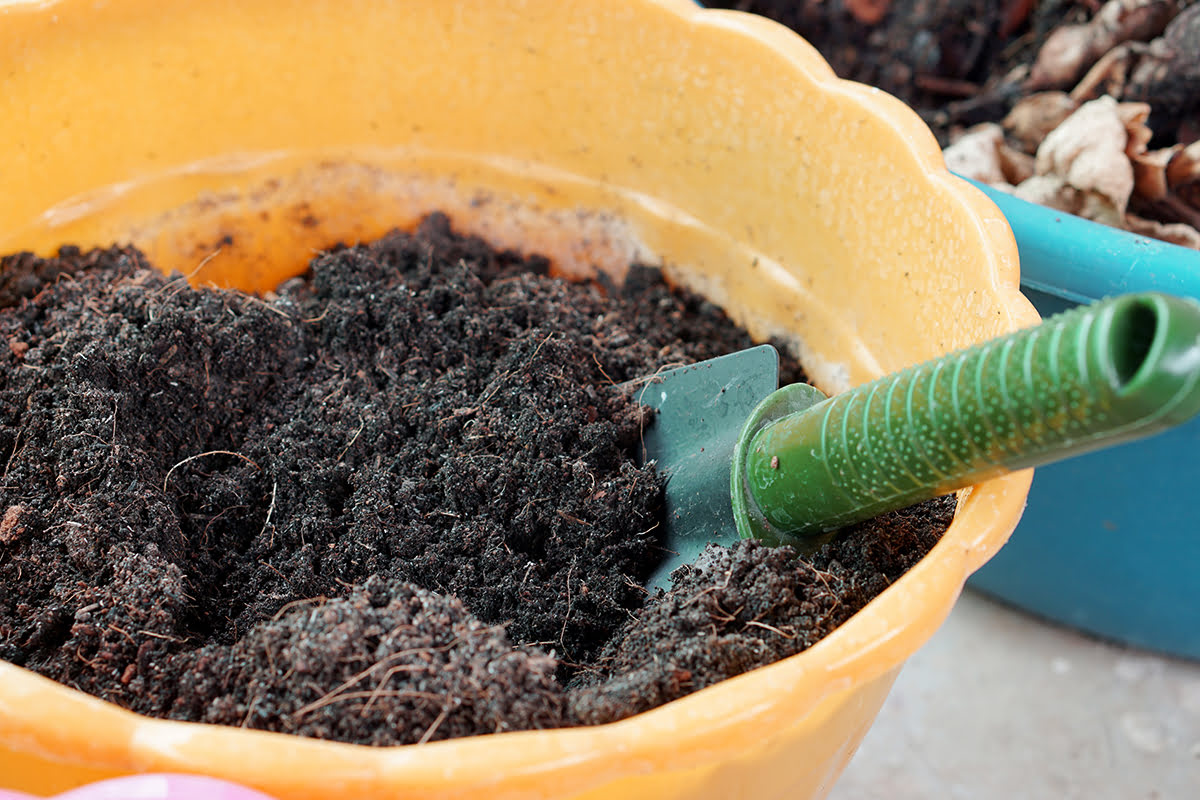

0 thoughts on “How To Make African Violet Soil Mix”